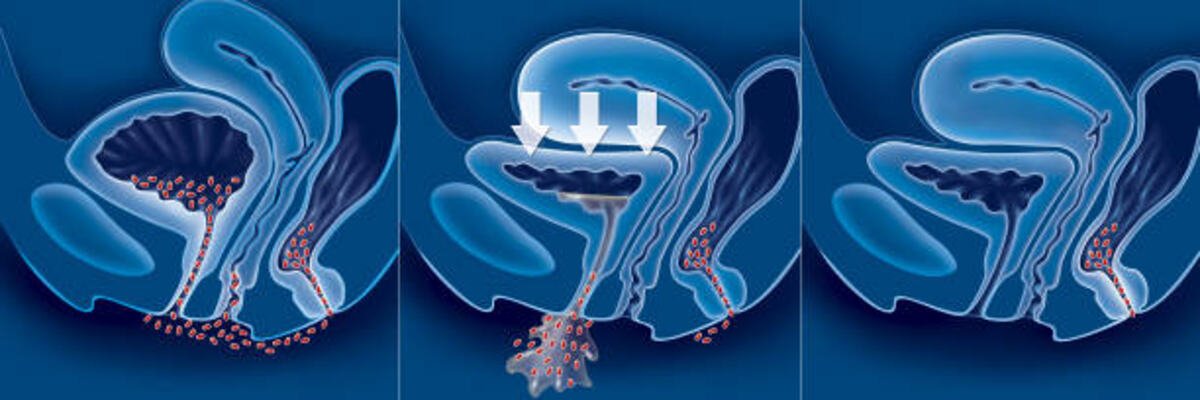If you suspect a urinary tract infection (UTI), the first step is to visit the doctor. A doctor can prescribe antibiotics to treat the infection and give you daily medication to prevent further infections. If you cannot take the antibiotics, you can go to the hospital for treatment. There, you will be given antibiotics and fluids through a vein. If the infection is severe or persists, you may need to undergo surgery or take more potent medicines.
Signs and symptoms
Urinary tract infections can affect both men and women and are caused by bacteria. They usually affect the bladder but can also occur in the urethra and kidneys. If you have this infection, you may have a burning sensation while urinating, and your urine may have an odor or color that does not match your normal urine. Therefore, it would help if you visited immediately for a proper diagnosis.
Typical symptoms of urinary tract infections include frequent urination and may last for hours at a time. The urine may also have a pink or red tint, and you may feel pain or discomfort when urinating. This is because the infection has inflamed the lining of the urinary tract. This can affect the receptors in the bladder, which tell you when to go. In addition, you may experience a urinary leak or have blood in your urine.
Most simple urinary tract infections can be treated with antibiotics. However, some can be more serious and require a longer course of treatment. Generally, a superficial bladder infection can be treated with antibiotics for three to five days, but more complicated cases, such as those involving the kidneys, may require more treatment.
Diagnosis
Diagnosis of urinary tract infections (UTIs) is a challenging process. Many diseases mimic UTI symptoms, and physicians must distinguish them from each other. In addition, some UTIs are asymptomatic or present with uncommon signs and symptoms. Therefore, physicians frequently rely on imperfect laboratory tests to determine the causative organism and antibiotic susceptibility.
Molecular testing is a vital part of the diagnostic process. This technique can detect bacterial organisms that cause urinary tract infections in men and women. When used correctly, it can pinpoint the exact cause of urinary tract infections and prescribe appropriate antibiotic therapy. However, it is not available in many primary care settings. Therefore, physicians must be skilled and experienced in diagnosing UTIs and other similar conditions.
A prospective diagnostic study of general practice embedded in a cluster randomized controlled trial has been carried out. The study randomly assigned practices to a guideline for using point-of-care tests or to usual practice. The result of this study is not conclusive, but it provides a good baseline for making an accurate diagnosis.
Treatment
Fortunately, most urinary tract infections are treatable with antibiotics. While some cases may resolve independently, others may require more aggressive treatments. In extreme cases, hospitalization may be necessary to prevent further kidney damage. In these cases, doctors will recommend the use of fluoroquinolones or antibiotics.
Recurrent urinary tract infections (RTIs) are characterized by two or more episodes of infection within 12 months or more than six months. Treatment for these infections is more complicated because repeated; intermittent antibiotics are associated with organ toxicity, allergic reactions, and drug resistance. First-line antibiotics for recurrent UTIs include nitrofurantoin, TMP-SMX, or fosfomycin. Antibiotic susceptibility testing can also guide further treatment.
Different types of UTIs are classified as acute, subacute, or complicated. Acute uncomplicated UTI is the most common type of UTI and is treated as such unless it progresses to other organs. However, some patients with UTIs are classified as complicated because they have urologic abnormalities.
Prevention
Prevention of urinary tract infection (UTI) is crucial for any woman but is even more critical for those who are pregnant. Even asymptomatic UTIs can be harmful to the unborn child. They may lead to premature delivery, life-threatening conditions, and even death. Therefore, medical professionals should recommend several preventive measures and screen women for urinary tract infections in such cases. For some women, medication may be necessary, such as antibiotics.
In addition to taking antibiotics, preventing UTIs involves managing risk factors. For example, wearing loose-fitting underwear can help reduce the likelihood of recurrence. Also, urinating frequently will help flush bacteria out of your body. Women should also wear cotton-based underwear to help prevent odors and keep moisture at bay.
A newer approach to the prevention of UTIs involves using vaccines. While vaccines do not kill pathogens, they prime the immune system to respond to uropathogens, and some have shown promising results in animal experiments.


